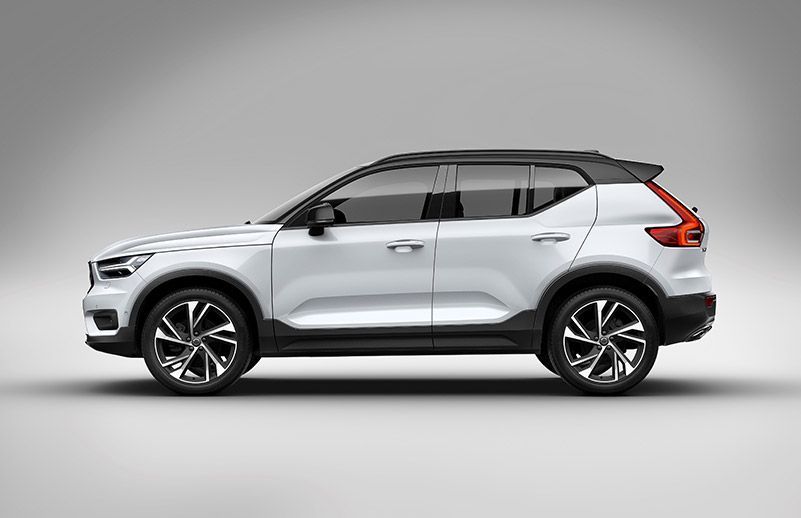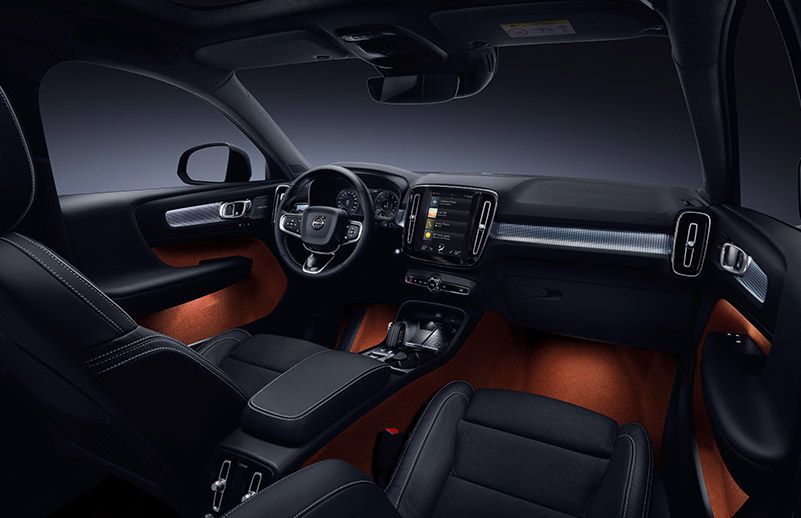Do you notice anything different about this post?
(Do you have access yet? Look up at the top of the screen. See a pencil icon inside the status bar? If not, be patient – it's rolling out over the next few weeks.)
I got access about 12 hours ago, and I believe that LinkedIn Publishing Platform could completely transform your communications career. I'll explain how in a moment.
First, let me show you what Publishing Platform does...
Become the Richard Branson of your industry
Publishing Platform is essentially LinkedIn Influencer for everybody.
For several years, LinkedIn has let celebrities like
Barack Obama and
Bill Gates use LinkedIn to share inspiring, thought-provoking articles.
And now with LinkedIn Publishing Platform, you can do the same thing – essentially becoming the 'Richard Branson' of your industry.
- You can post long-form articles and videos, and LinkedIn will share them with your network (and beyond)
- You get a follow button next to your name, so people can receive your updates (even if you aren't connected)
- You get to become a trusted expert amongst LinkedIn's 300 million members
It's a huge deal for communicators. Again, I'll explain exactly why in a moment – but first it's a good idea to understand why LinkedIn is doing this.
LinkedIn wants to make you an industry celebrity (and end 'click bait' content)
For a long time, the content you’d see on LinkedIn has been generic click bait.
It’s the kind of material you can find all over the web – scannable content designed to be skimmed, shared, and forgotten.
All that's about to change.
Now, LinkedIn wants to offer users material that’s tightly focused on their industry.
That’s because LinkedIn is 100% business. It’s not a news website. It’s not Facebook, or Twitter. It's the world’s largest professional social networking platform.
And that is why – starting very soon – the blog posts and articles you’ll read, share and comment on when you use LinkedIn will reflect your own industry much closer.
That’s why LinkedIn needs original voices to step up to the plate and become ‘thought leaders’ that its audience can follow.
Who can you help take advantage of this?
If you're a communicator, you could decide to use Publishing Platform yourself – to build up a network of followers on LinkedIn.

That's great. But I think the real value here lies in ghostwriting for senior leaders.
Pretty soon everybody in your organisation's C-Suite will see the little grey pencil appear in their LinkedIn interface. And sure as sugar most of them will ignore it completely.
As a communicator you're perfectly positioned to help them.
We talk about being a trusted advisor, working at the top, and having a seat at the table. Well, how about becoming the person responsible for putting your organisation's leaders in front of LinkedIn's 300 million members, and having them recognised as authorities in their market?
If you're interested in doing this there are two things you should do:
- Apply for early access to LinkedIn Publishing Platform.
- Click the 'Follow' button next to my name.







 You're seeing it because I posted it with LinkedIn's new
You're seeing it because I posted it with LinkedIn's new 

 That's great. But I think the real value here lies in ghostwriting for senior leaders.
That's great. But I think the real value here lies in ghostwriting for senior leaders.